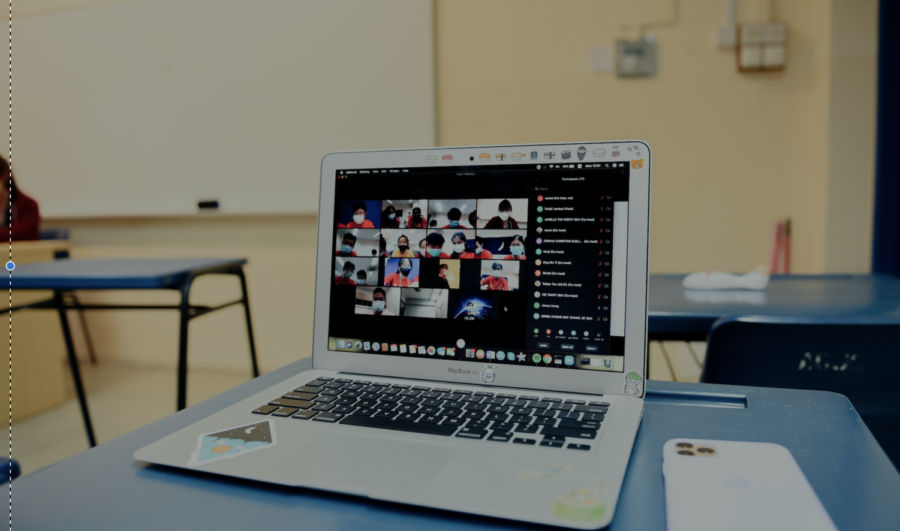Students dislike webcam requirements but empathize with professors
Students maintain that they largely dislike webcam requirements, but they empathize with professors who would otherwise be teaching at a black screen.
April 27, 2021
With the end of Iowa State’s COVID-19 academic year approaching, students shared their overall opinions on webcam-based courses.
Experimental in its implementation at Iowa State, the second semester of this format garnered stark reactions from students. Sharing their opinions on webcams in courses, students largely tell of their overall dissatisfaction of the “new normal” in education.
“I’m not a fan of having the webcam on, especially when there’s that many people because it’s just not logical,” said Emma Wolf, a sophomore in industrial engineering. “There are, I think, about 60 kids in class with their camera on, and the technology can’t really handle that, so there’s a lot of tech issues like the audio cutting in and out.”
Wolf also said it is much harder to follow the class when things are not working optimally.
While limits of technology may be an issue, the problem with privacy pops up. Some students are not fans of the webcam format and being forced to display themselves outside of a classroom setting.
“I don’t like the idea of someone peering into my room,” said Jonah Dosedel, a junior in meteorology. “I know that there is not much going on in the background, and I can move things out of the shot, but that is effort that I could completely ignore by not having my camera on.”
There are, however, some people who are indifferent to the whole thing and relate it to simple normalcy in the current age.
“In the classroom setting, you would have to show your face anyway,” said Jessica Bonine, a junior in marketing. “I think that it also makes the professor feel better when students have their cameras on so they aren’t talking to themselves.”
Taking into account that professors are also experiencing the same strife, looking at it from their perspective and empathizing with them can make everyone’s experience a little easier.
“I could see how [talking to blank screens] would be off-putting,” Wolf said. “Having to do all this work to set up a class and then all of a sudden, you are just talking to a screen instead of students’ faces.”
Coming from a more vulnerable perspective, students attribute their avoidance to using webcams when optional to personal reasons.
“Some days, it’s off because I am not feeling happy and it’s a lot of work to fake looking happy for a whole class period, and I don’t want to constantly look at myself on screen looking miserable, so I just turn it off and listen to the lecture,” said an Iowa State student who wished to stay anonymous.
The emotional tax of the pandemic has been a common worry for many, with even Iowa State offering a mental health module: Kognito.
“I leave it off so other kids don’t look at me eating or something,” said Emily Samuelson, a junior in marketing.
While it could be from any range of issues as to why students may not want to be seen, it could all just boil down to something as simple as not wanting to be seen eating an inappropriately timed meal.







